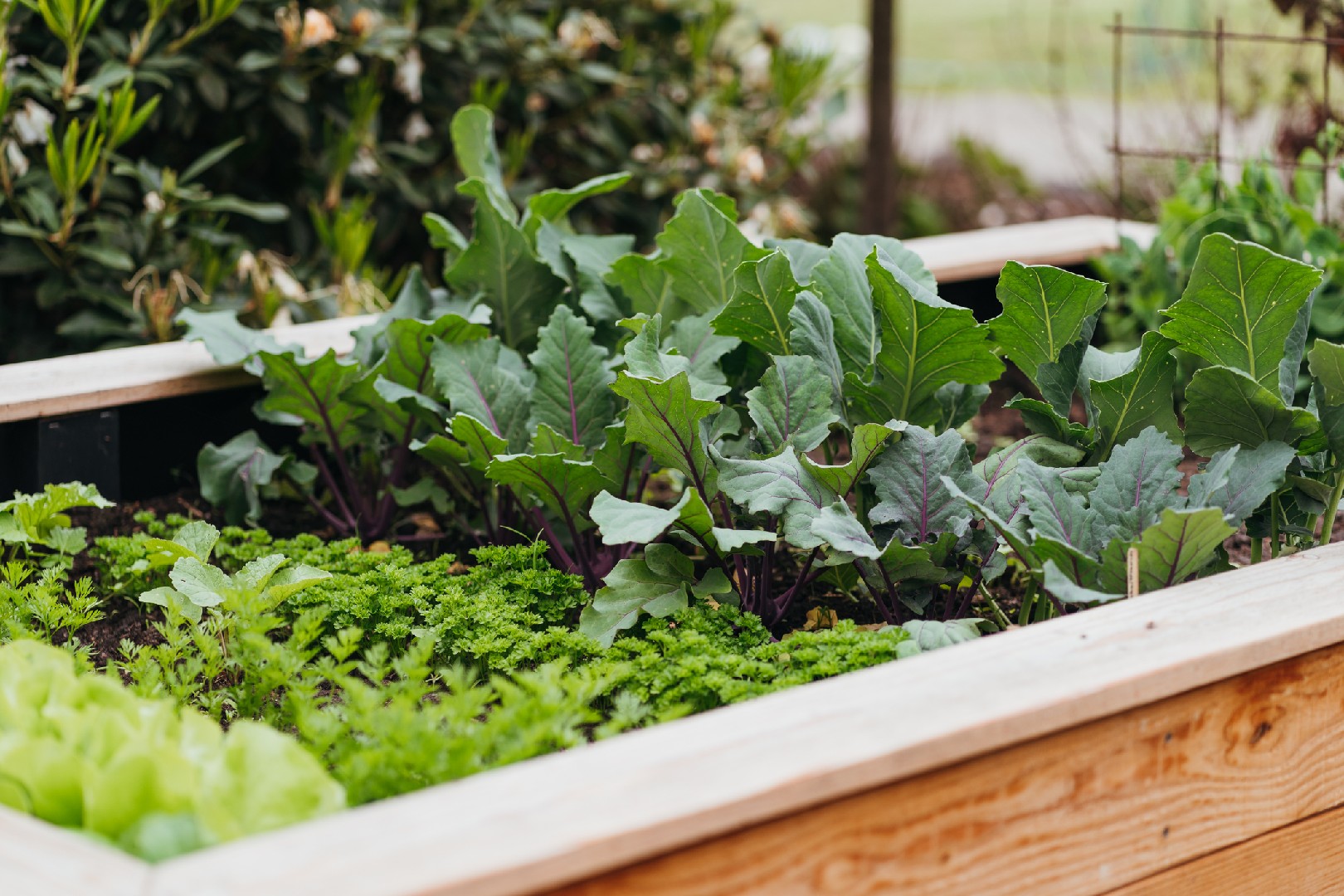![Rectangle]()
Choosing the Right Crops for Compact Gardening
When it comes to growing a compact vegetable garden in small spaces, choosing the right crops is crucial. Not all vegetables are suitable for small space gardening, so it's important to select crops that will thrive in limited areas. Here, we will introduce you to some compact-friendly vegetables and discuss the factors that determine their suitability for small spaces.
One of the key factors to consider when choosing vegetables for compact gardening is their size. Vegetables that have compact growth habits and do not require a lot of space to spread out are ideal for small gardens. Lettuce, for example, grows in a compact rosette form and can be grown in tight spaces. Radishes are another excellent choice for small gardens as they have a small root system and can be grown in containers. Tomatoes can also be grown in compact spaces by using trellises or cages to train the plants vertically.
Another important factor to consider is the time it takes for the vegetables to mature. In small gardens, it's crucial to select crops that have a short growing season. This allows you to maximize your space and harvest multiple crops throughout the year. Lettuce, radishes, and cherry tomatoes are great options as they can be harvested in as little as 30 days.
It's also important to consider the sunlight requirements of the vegetables. Most vegetables require at least 6-8 hours of direct sunlight per day to grow and produce a good harvest. However, some vegetables are more tolerant of shade and can thrive in partially shaded areas. Lettuce and spinach, for example, can be grown in areas with less sunlight, making them suitable for small gardens that may have limited access to sunlight.
In addition to these factors, it's also important to consider the overall maintenance requirements of the vegetables. Some vegetables require more care and attention, while others are low-maintenance and easy to grow. When selecting crops for your compact garden, consider your available time and resources. If you have limited time for gardening, you may want to choose low-maintenance vegetables like lettuce, radishes, and cherry tomatoes.
By choosing the right crops for your compact garden, you can maximize your space and ensure a bountiful harvest. Whether you have a small backyard or a balcony, there are plenty of vegetables that are suitable for compact gardening. By considering factors such as size, maturity time, sunlight requirements, and maintenance, you can create a thriving vegetable garden in even the smallest of spaces. Happy gardening!





